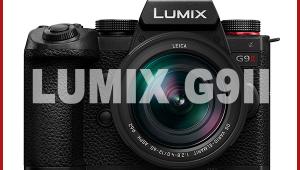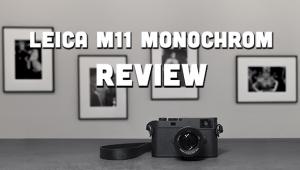Leica M Camera Review
The Leica M is a large and robust rangefinder camera with a magnesium-alloy chassis with top and bottom covers cut from brass blocks. All elements are carefully sealed against dust and moisture and overall offers the handling, feel, and touch one has come to associate with Leica M cameras of the past.



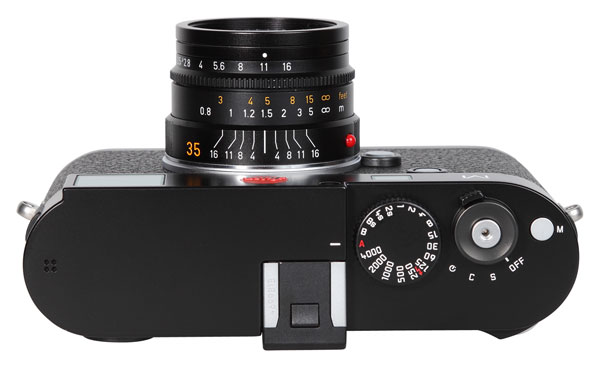
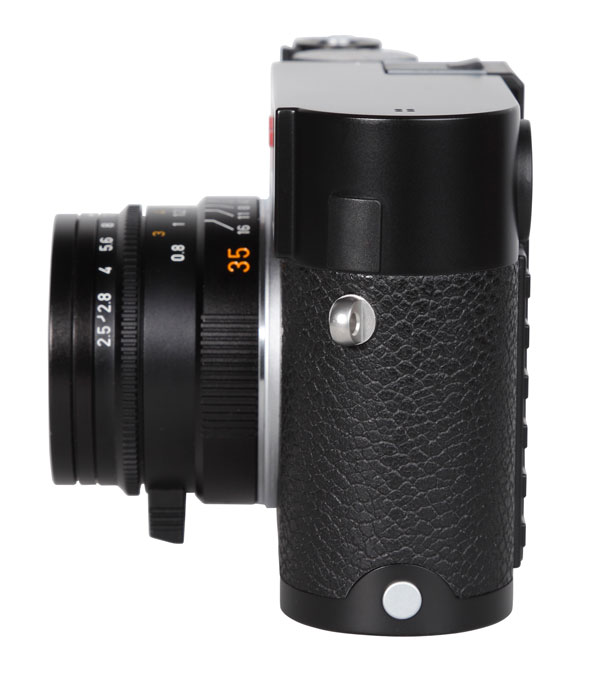
The camera has a brand-new 24MP full-frame sensor with an ISO range of ISO 200 to ISO 3200, with a +/- 1 EV “pull” and “push” available. The camera is very fast and has virtually no shutter speed delay.
Start-up time is below 1 second.
The optical viewfinder is very large and bright and allows for very fast and comfortable manual focusing, although an autofocus system is unavailable. The viewfinder shows additional information such as a frame for the mounted lens, the shutter speed setting, and the exposure compensation setting. However, we found that the viewfinder isn’t as comfortable as, for example, the hybrid viewfinder offered by some of Fujifilm’s X-brand cameras.
The camera offers an automatic exposure setting in A mode; the aperture is adjusted with the lens ring when the shutter speed dial on the top is set to A (Automatic). In addition, it offers EV compensation in +/- 3 EVs. Setting the shutter speed manually in effect makes the camera work in M mode.
For all other parameters, the Leica M offers a very clearly structured menu on its large 3” LCD screen (920,000 RGB dots). The photographer can use a four-way cursor field or change parameters using the right-hand thumb with a setup dial located on the back. In addition, there are function buttons near the left-hand side of the LCD screen which, for example, make it very easy to change ISO speed. The first function button on the left-hand side allows for switching between the optical viewfinder and Live View preview on the LCD screen.
The new M is Leica’s first rangefinder camera that allows the user to shoot videos. It records movies in Full HD resolution (1920x1080 pixels). Movie clips are saved as MOV files, which is standard for SLR systems, but these MOV files use MJPEG compression, which is out of date (modern SLRs and CSC systems use MP4/H.264 compression technologies). Due to high sharpness filtration there are some issues with the movie files (see “Sharpness” in Image Quality comments). To start movie recording the photographer has to use the LV (Live View) mode and press the little M button next to the shutter release button.
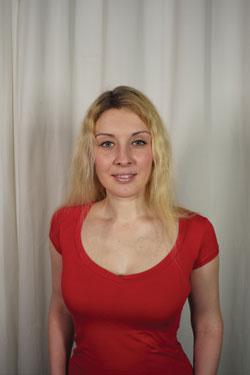
Image Quality
Color: The Leica recorded perfectly saturated images. The test chart was reproduced with 101.9 percent, which is a very good base for image editing and optimization. The white balance system did a good job, but showed a tendency toward bluish nuances in darker gray areas of the test chart and a yellowish/greenish tendency in very bright gray areas. However, the portrait shot shows a nearly perfect white background.
Color errors are on a low level. Only some red nuances displayed a very high magenta rate, which is also noticeable in the color of the red T-shirt of our model or in some red elements in the standard test box shot. Skin tones also had a slightly higher magenta rate, which can cause a bit of a “flushing” look in some skin areas in portrait shots.
Sharpness: The Leica showed an exceptionally good performance in the resolution tests. The ISO test chart was reproduced with 3930 of 3968 lines in picture height, which is a remarkably good result. Perhaps even more important is the fact that the camera seems to abstain from any additional electronic sharpness filtering. Our “Edge profile: Horizontal” graph shows nearly no enhancements in the upper and lower bend when changing from black to white on the contrast line. Normally these bends are clearly exaggerated and will cause overshot effects (halo lines or double contours on contrast lines). This results in a very natural, analog-film-like look, which is a little softer than in images taken with cameras which use intense sharpness filtering.

In addition, there are only minor moiré effects in full-resolution images. We noticed some minor issues in the hair of the model, for example, but these effects are extremely rare. In video mode, however, this extreme sharpness causes some problems. Fine lines in video images show extreme aliasing effects and clearly visible jaggies (more than in videos taken by all other cameras we have tested).
Noise: The camera showed an excellent performance in our noise tests when recording images in ISO 200 to ISO 800 mode. The luminance noise factor is low, but the very low color noise results are even more important. The RGB curves in our “Pixel noise” test matched nearly perfectly in the single red, green, and blue channels. The noise spectrum is extremely smooth and we noticed only some minor noise artifacts that have the look of traditional film grain.
At higher ISO settings, however, luminance noise rises very abruptly and will cause more visible noise artifacts in the image. Overall, though, the Leica M results are still on a very good level and comparable to professional SLR systems.
The dynamic range results are very good: the camera gained a maximum of 11.4 f/stops and reproduced the Stouffer 4110 test chart with 10.3 f/stops in ISO 1600 mode. Only the image taken in ISO 3200 mode showed a marked decrease to 8.99 f/stops.
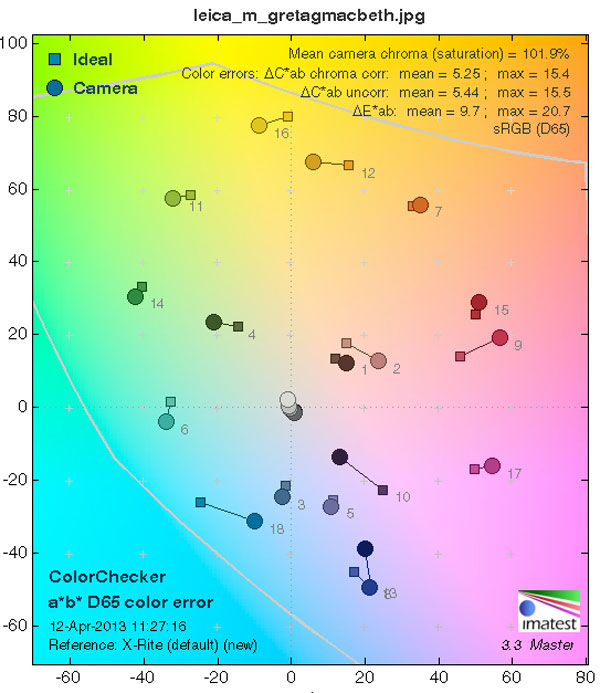
Lab results and test images by BetterNet, our TIPA-affiliated testing lab. Edited by George Schaub.
Scorecard
Pro
+ Massive and robust rangefinder camera
+ Excellent image quality
+ Excellent optical viewfinder
+ Very good LCD screen; Full HD video recording
Con
- Very expensive
- Missing swivel monitor (for video recording)
- Missing sensor for automatic toggling between optical and electronic viewfinder
The Leica M (body only) has a list price of $6950. For more information, visit http://us.leica-camera.com.
- Log in or register to post comments





